Constantia Wine

[아츠앤컬쳐] 남아프리카 와인은 유서 깊은 전통, 혁신, 그리고 생동감 넘치는 풍미가 어우러진 독특한 매력을 자랑한다. 캘리포니아나 호주보다 훨씬 앞서, 남아프리카 와인의 역사는 17세기 중반으로 거슬러 올라간다. 당시 네덜란드 동인도회사는 현재의 케이프타운 인근에 무역항로를 위한 보급 기지를 설립했고, 그 지역에 정착한 네덜란드인들이 포도 재배를 시작했다. 젊은 네덜란드 외과의사 얀 반 리베크는 포도 재배에 대한 경험은 없었지만 매우 진취적인 사람이었고, 케이프타운 보급 기지를 관리하면서 선원들의 괴혈병을 예방하기 위해 희망봉 인근에 포도원을 조성해 와인을 생산하라는 임무를 맡았다.
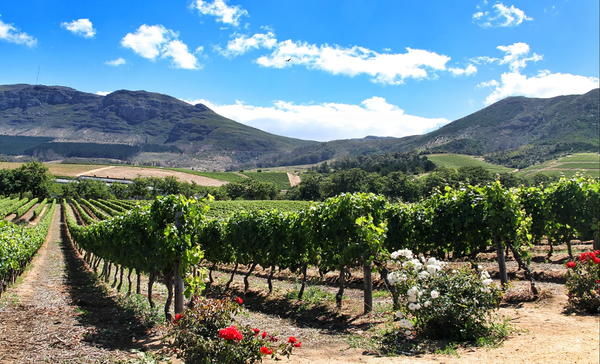
프랑스에서 들여온 것으로 보이는 슈냉 블랑과 알렉산드리아 머스캣 품종의 포도는 1652년 동인도회사가 케이프타운에 도착한 지 7년이 지난 1659년 2월 2일, 처음 수확되었다. 얀 반 리베크는 자신의 일기에 이 첫 수확에 대한 만족감을 기록해 두었다. 하지만 그의 기대와 달리 당시 생산된 와인은 거의 마실 수 없을 정도였고, 그럼에도 불구하고 그들은 쉽게 포기하지 않았다.
그 뒤를 이어 희망봉 총독이 된 시몬 반 데르 스텔은 지역의 포도 재배 수준을 향상시키고자 노력했으며, 1685년에는 현재의 케이프타운 외곽에 대규모 농장을 구입해 ‘콘스탄시아’를 설립했다. 이곳은 오늘날까지도 남아프리카에서 가장 오래되고 권위 있는 와이너리로 알려져 있다.
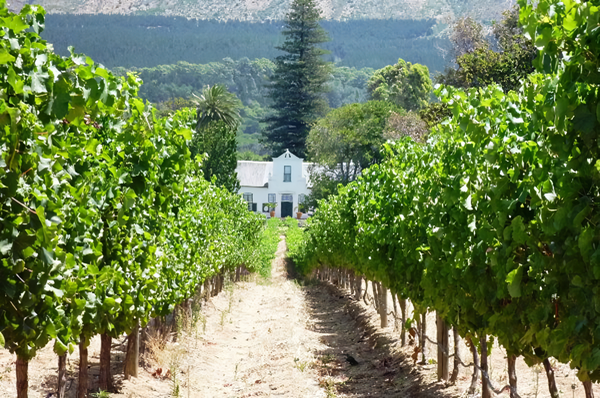
한편 같은 시기, 프랑스에서는 루이 14세가 위그노(프랑스 개신교도)의 종교적 권리를 인정하던 낭트 칙령을 폐지했고, 이에 수백 명의 위그노가 네덜란드로 피신한 후, 동인도회사의 지원으로 남아프리카에 정착하게 된다. 이들은 넓은 농지를 분배 받고 그들의 포도 재배 및 와인 양조 기술을 도입해 지역 와인의 품질을 크게 향상시켰다. 그들의 후손은 오늘날 ‘프란슈후크(아프리칸스어로 프랑스인 마을)’라는 지역에 살고 있으며, 이곳은 남아프리카에서 유명한 와인 산지 중 하나다.
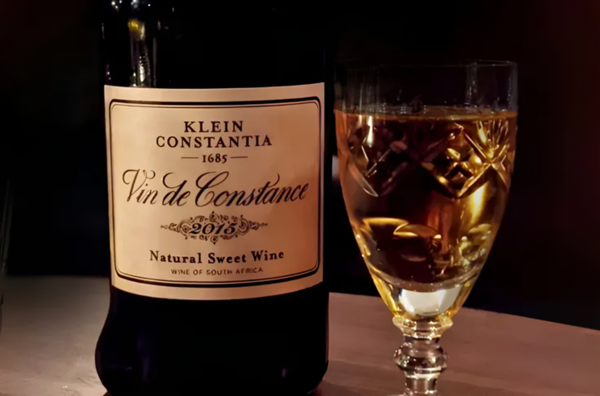
콘스탄시아 와인 지역에서 생산되는 ‘뱅 드 콘스탕스(Vin de Constance)’는 뮈스카 블랑 아 쁘띠 그랑(다른 이름으로는 머스캣 드 프롱티냥) 품종으로 만든 밝은 황금빛의 달콤한 와인이다. 말린 과일, 백단향, 세비야 마멀레이드, 육두구, 감귤류, 자스민과 장미꽃 향이 어우러진 풍부한 아로마에, 말린 살구와 꿀, 은은한 향신료의 복합적인 맛이 산뜻한 산도와 균형을 이룬다.
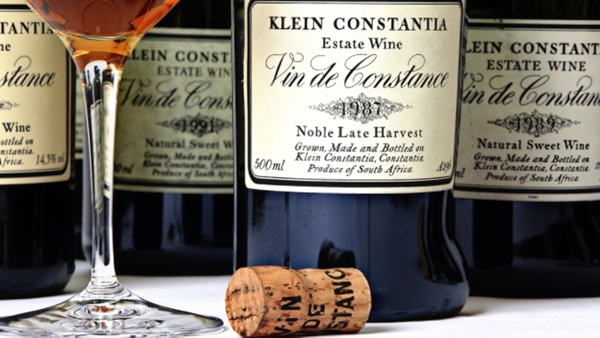
1778년경부터 생산된 이 와인은 유럽 왕족들 사이에서 큰 사랑을 받았으며, 프리드리히 대왕과 빅토리아 여왕이 가장 좋아한 것으로 유명하다. 나폴레옹 역시 이 와인을 매우 좋아해, 1815년부터 1821년 사망할 때까지 유배지였던 세인트헬레나섬 롱우드 하우스로 수천 병을 공수해 마셨다. 제인 오스틴, 샤를 보들레르, 찰스 디킨스와 같은 유명 작가들도 뱅 드 콘스탕스를 작품 속에서 언급하며 이 와인의 가치를 높이 평가했다.
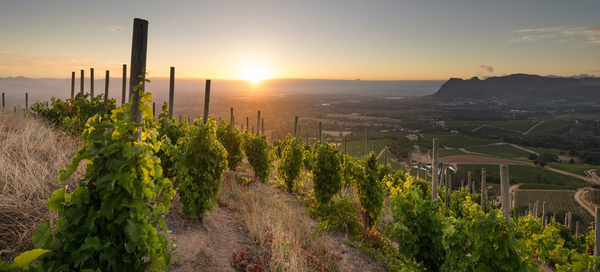
Constantia Wine
South African wine boasts a fascinating blend of heritage, innovation and vibrant flavors. Long before California and Australia, the history of South African wine begins in the mid-seventeenth century when Dutch settlers introduced viticulture near present-day Cape Town, where the Dutch East Indian Company established a supply station to befit its trade routes. Jan van Riebeeck, a young Dutch surgeon inexperienced in viticulture, but very enterprising, was given the task of managing the supply station and planting vineyards to make wine around the Cape of Good Hope to ward off scurvy among the Dutch sailors during their voyages along the spice routes to India.
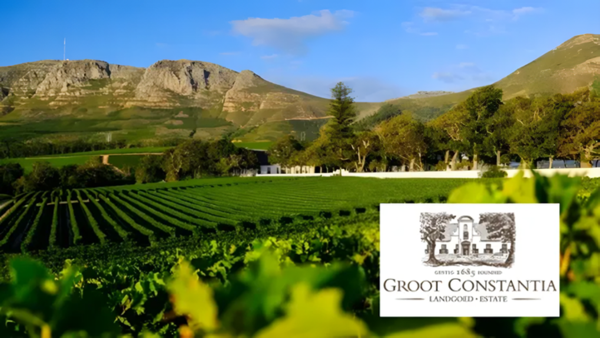
The first harvest of grapes from those vineyards, probably Chenin Blanc and Muscat of Alexandria grapes brought from France, took place on February 2nd, 1659, seven years after the landing of the Dutch East Indian Company on the site in 1652, as Jan van Riebeeck noted with satisfaction in his diary. Despite his celebrations, however, the wines produced by the Dutch were almost undrinkable, but they did not let themselves be discouraged.
Simon van der Stel, who succeeded Jan van Riebeeck as governor of the Cape of Good Hope, sought to improve the level of the viticulture in the region and in 1685 he purchased a large estate just outside today’s Cape Town establishing Constantia, which is still nowadays the oldest and most prestigious South African winery.

In those same years, in France, King Louis XIV revoked the Edict of Nantes that recognized the religious rights of the Huguenots, the French Protestants. Hundreds of them fled to Holland and then settled in South Africa, on vast arable lands granted to them by the Dutch East Indian Company. The French Huguenots brought with them their knowledge in viticulture and winemaking, greatly improving the quality of the local wines. Their descendants live today in a town called Franschhoek, “The French Corner” in Afrikaans language, nearby the renowned South African wine district of the same name.
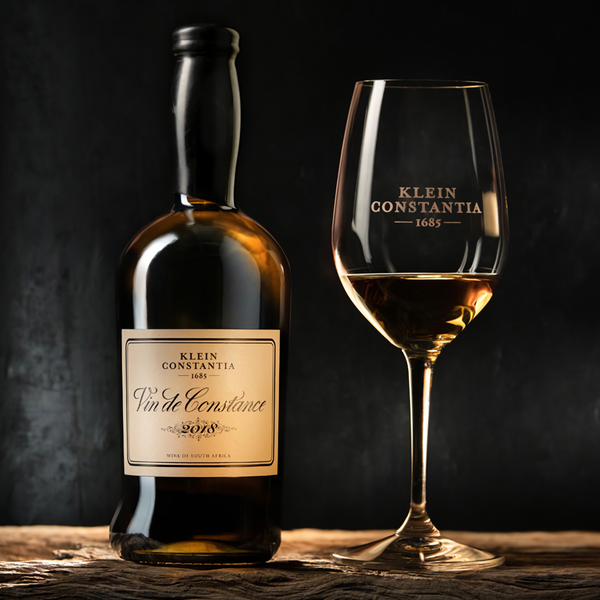
Vin de Constance, from Constantia wine region, is a bright light gold sweet wine made from Muscat Blanc à Petit Grain grape, also known as Muscat de Frontignan, characterized by a rich aroma with notes of dried fruit, sandalwood spice, Seville marmalade, nutmeg, citrus, jasmine and rose flowers. The intense and complex flavor shows hints of dried apricot, honey and delicate spice balanced by a refreshing acidity.
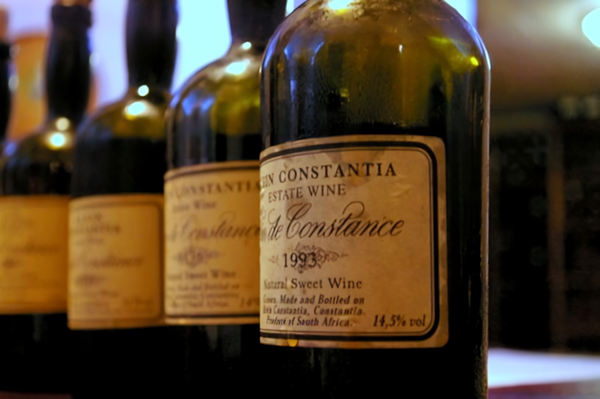
Produced since about 1778, this wine became the favorite of European kings, such as Frederick the Great and Queen Victoria. Emperor Napoleon Bonaparte loved Vin de Constance so much that he had thousands of bottles shipped to Longwood House, his home in exile on the island of Saint Helena from 1815 to his death in 1821. Famous novelists and poets such as Jane Austen, Charles Baudelaire and Charles Dickens mentioned Vin de Constance in their works as a highly prized wine.

글 | 에밀리아노 펜니지 Emiliano Pennisi
Lecture of the Italian Cultural Institute in Seoul, Sogang University lecturer of Italian language
Wine scholar and expert
He attended sommellier courses in Italy

